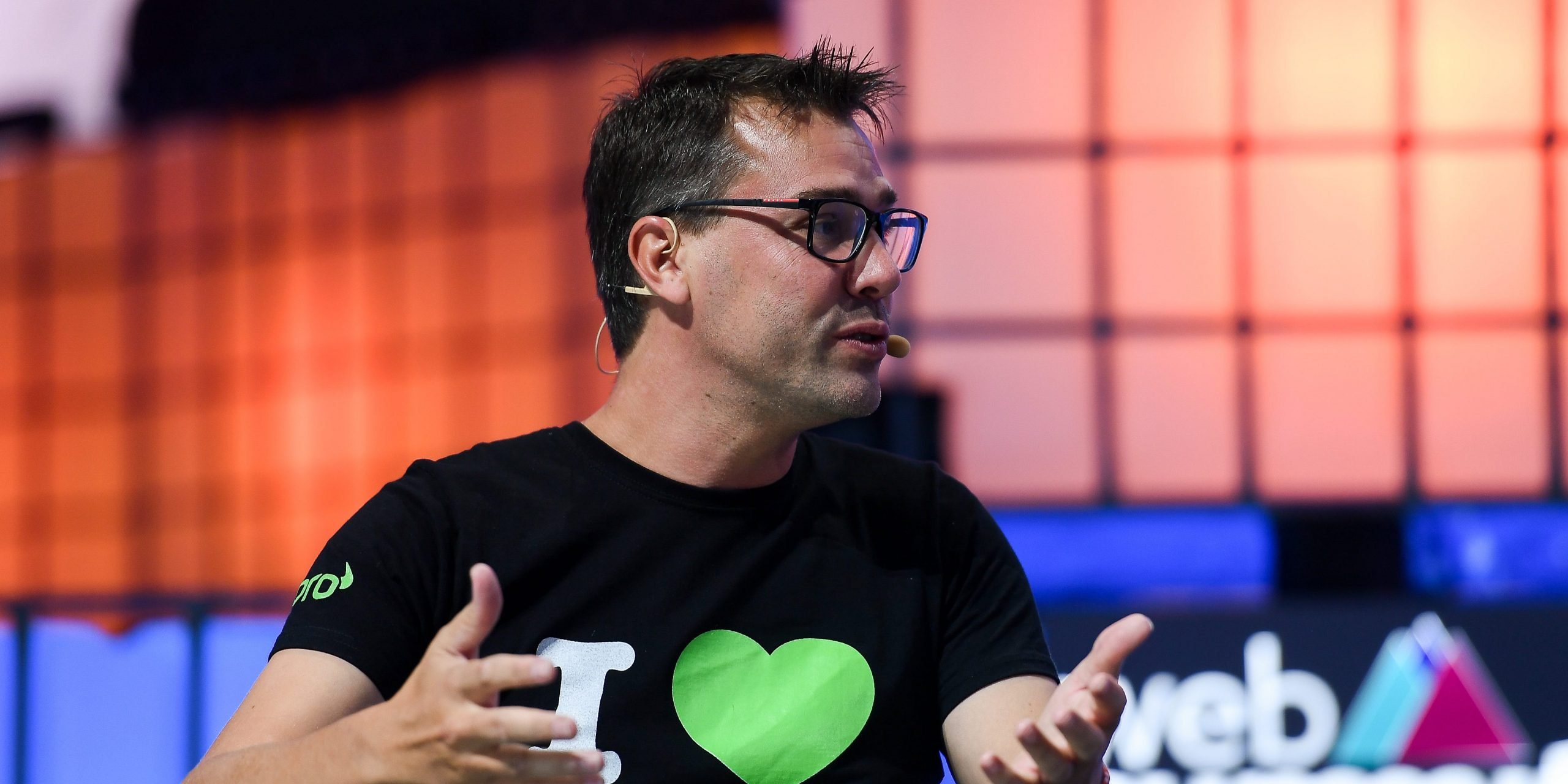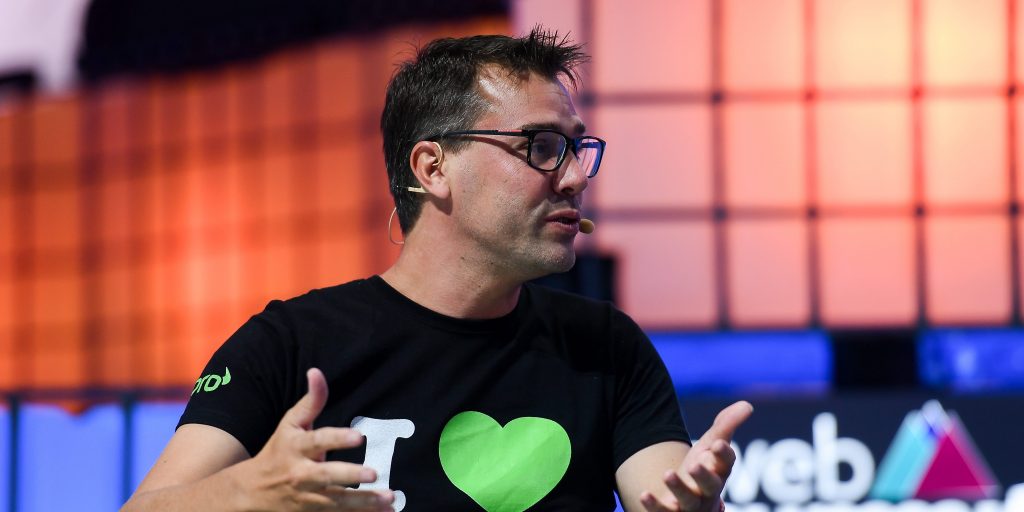
Harry Murphy/Sportsfile for Web Summit via Getty Images
- Yoni Assia, CEO of eToro, broke down the four key factors his team considers when listing new cryptocurrencies.
- The process is still internal for now but he is looking to make it public.
- The steps involve: customer interest, due diligence, liquidity/volumes, and regulatory overview
- Sign up here for our daily newsletter, 10 Things Before the Opening Bell.
Cryptocurrency brokerage eToro has been riding the wave of enthusiasm for digital assets in 2021.
In the second quarter of this year, crypto trading drove 73% of the the firm's total commissions, compared to the 7% in the same period last year.
In 2021, the online brokerage added seven new cryptocurrencies to meet customers' demands, bringing its total offering to 28 coins (26 for US clients) out of the more than 8,000 digital assets available. It first listed bitcoin in 2013, before adding ether and XRP in 2017, and the highly popular meme-token dogecoin in 2021.
"We are committed to expanding our crypto offering," Yoni Assia, eToro CEO and cofounder, told Insider. "We're very excited about the outsized growth that we're seeing in America."
As of the second quarter of 2021, eToro has 23.2 million users in more than 100 countries with $9.4 billion assets under administration. But only 12% of those accounts are in America. Most of its customers are in Europe, comprising 68%, followed by the Asia Pacific region at 15%.
Assia said he is open to listing more coins on the platform to respond to rapidly rising interest in digital assets over the course of 2021.
He broke down the four key factors his team considers when listing new cryptocurrencies.
1. Customer interest
Before anything, comes interest from eToro users, Assia told Insider.
His company, which the founder described as a social investment network, is in regular contact with its users to gauge the pulse of the market.
"Customers in a lot of cases would talk directly to our team," Assia told Insider. "This is true, too, when we add more markets around the world as well, not only to crypto assets."
For example, while dogecoin's origins caused some skepticism - the meme token originally started as a joke - it had "one of the largest, loudest and funniest communities in the cryptocurrency industry," Assia told Insider in May.
This is why his platform added the shiba inu-themed token, a move that helped send the meme cryptocurrency soaring around 50% to an all-time high.
2. Due diligence
Once eToro has identified potential coins to list, it looks more closely at the assets.
"We make sure that we understand the projects themselves, the assets themselves," Assia told Insider. "It's a part of product governance."
He said his team checks the token's purpose and development; functionality, management, and community involvement; its funding and distribution; intellectual property, and the nature of public statements related to the asset.
"We also need to make sure that we have the capabilities of cybersecurity and custody of these assets," he said. "So making sure that we support the back end and front end capabilities of those assets."
3. Liquidity and volumes
Next, eToro makes sure the coins have sufficient liquidity to enable its users to trade them on a continuous basis without interruption, Assia told Insider.
Liquidity refers to the ease of a cryptocurrency being converted to cash, something crucial to trading platforms. Low levels of liquidity levels may mea n a higher level of market volatility, which will cause wild price swings in cryptocurrencies.
"There needs to be sufficient liquidity and volumes in the markets," he said.
4. Review and oversight
Lastly, Assia says eToro uses a set framework to review and evaluate digital asset projects in order to add them to either its investment platform or to its professional crypto exchange.
"As part of our commitment to supporting what we believe will be the biggest transfer of value ever onto the blockchain, we have focused on strengthening our systems and infrastructure in order to support many new cryptoassets for people around the world to invest in," Assia said.

